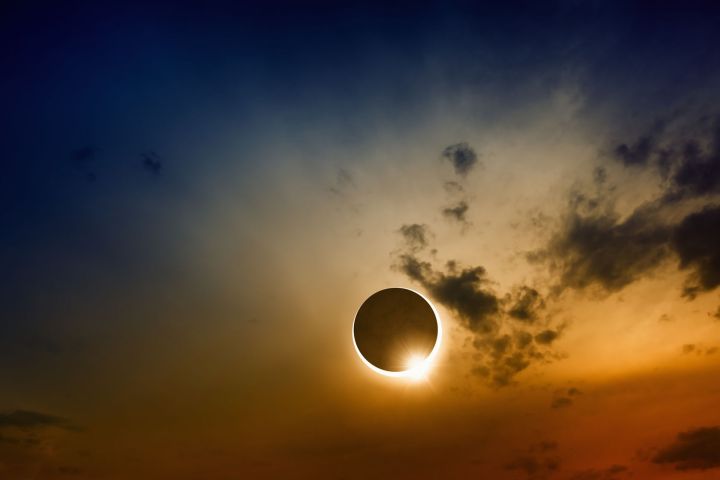
As one of the decade’s most exciting natural phenomena fast approaches, it would appear that some ne’er-do-wells are attempting to take advantage of the solar eclipse to turn a profit — but at the expense of their customers’ health. As initially reported by the Verge, Amazon has issued refunds for potentially false solar eclipse glasses, because yes, people are awful. And now, the retail giant is facing a class action lawsuit as a result of these transactions.
On August 21, a large swath of the American population was able to watch as the sun disappeared behind the moon. The “Great American Eclipse” marked the first time in 38 years that the nation (or at least, parts of it), was able to watch a total eclipse. But of course, watching such an event requires protective eyewear. And while many people turn to Amazon to buy just about everything they need in their lives, it would appear that the online retail giant has been unable to verify the safety of all the glasses on its site, and that some glasses sold through its site were either counterfeit or unsafe.
“Safety is among our highest priorities,” an Amazon spokesperson told TechCrunch. “Out of an abundance of caution, we have proactively reached out to customers and provided refunds for eclipse glasses that may not comply with industry standards. We want customers to buy with confidence anytime they make a purchase on Amazon.com and eclipse glasses sold on Amazon.com are required to comply with the relevant ISO standard.”
Unfortunately, this may have proven too little too late for some customers, who didn’t receive this notice in time. After the eclipse, Corey Payne and his fiancée, Kayla Harris, filed a class action lawsuit against Amazon, claiming that defective eclipse glasses purchased from the online retailer damaged their eyes. The couple purchased a three-pack of glasses from Amazon, and on August 21, looked into the sky to experience the historic eclipse.
But later that day, the couple alleged that they began experiencing headaches and eye watering, and later, developed impaired vision. The couple claimed that they did not receive Amazon’s message regarding the recall of potentially faulty glasses. Amazon has not responded to requests for comment regarding the case.
In addition to providing refunds, Amazon reportedly removed sellers who attempted to peddle unverified eclipse eyewear. If you bought a pair of sunglasses from Amazon for the purposes of watching the eclipse, and neither received a safety warning from the company nor experienced any discomfort post-eclipse, then you can reasonably conclude that the supplier confirmed the product to the ISO compliant. If you think, however, that you have been duped, you can always reach out to Amazon’s customer service for a refund, as promised by the A-to-Z Guarantee — or you can consider joining the class action.
Update: Amazon is facing a class action lawsuit over faulty eclipse glasses.


